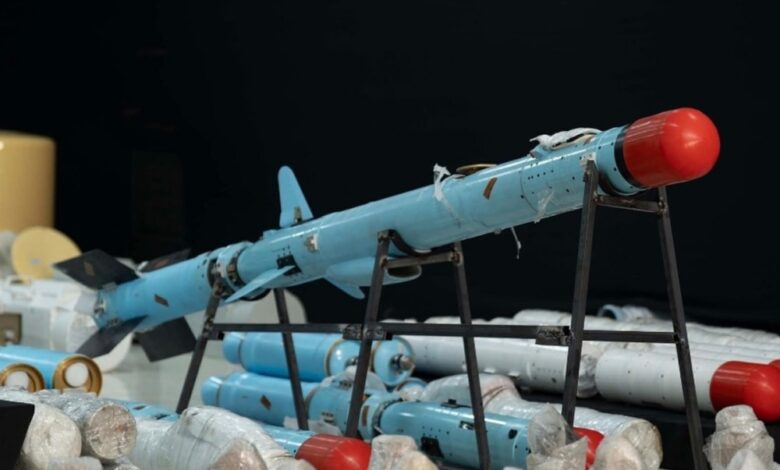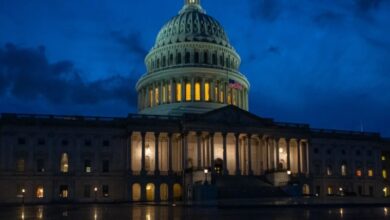
The NBC News has reported that U.S. President Donald Trump rejected a detailed military plan proposed by U.S. Central Command last month to launch an extended air campaign against Iran.
The plan, which would have spanned several weeks, was to cripple Iran’s nuclear program by targeting six key sites, including uranium enrichment facilities, air defense systems, and ballistic missile capabilities.
Trump reportedly dismissed the proposal due to concerns about high casualties and a desire to avoid deeper military entanglement in the region.
Despite opting for a limited one-night strike, U.S. officials say one of the targeted uranium enrichment sites in Iran was nearly destroyed, significantly delaying its nuclear ambitions — particularly at Fordow, where enrichment capabilities are expected to be set back by up to two years. However, two other sites sustained only partial damage and may recover within months.
CIA Director John Ratcliffe informed Congress in a classified briefing that the destruction of the metal conversion facility at Natanz could take Iran “years to rebuild.” Intelligence also suggests that most enriched uranium at Isfahan and Fordow was buried in the attack, complicating any immediate resumption of Iran’s program.
There are now internal discussions in Washington and Tel Aviv about further strikes on the partially damaged facilities if Iran does not return to the negotiating table or attempts to rebuild its capabilities.
Amidst ongoing diplomatic uncertainty, the U.S. has reportedly accepted the European Troika’s deadline (France, Germany, UK) for Iran to either comply with a renewed nuclear agreement or face the reactivation of the 2015 deal’s “snapback” mechanism, which could reinstate U.N. sanctions.
Meanwhile, Iranian President Masoud Pezeshkian admitted for the first time to security lapses during Iran’s 12-day war with Israel, calling for a thorough review—an unusual act of transparency in Iran’s political landscape.












